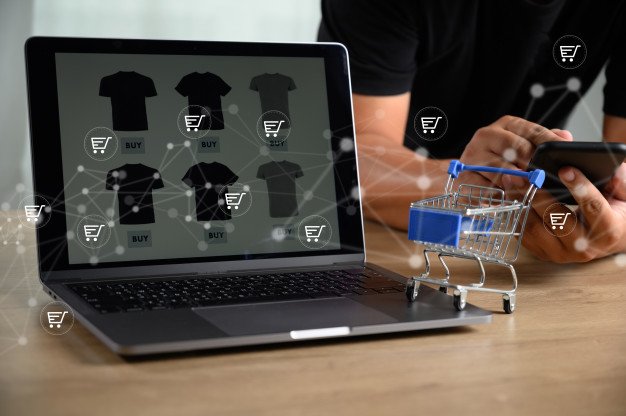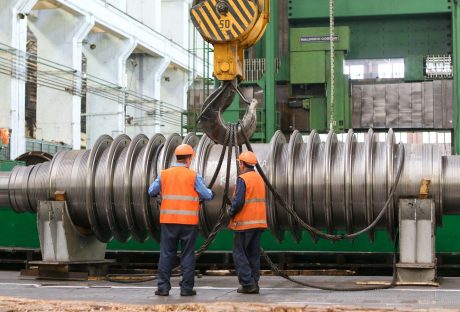During the past 20 years, our society has experienced a massive change that can be majorly attributed to the rise of the Internet and its increased prevalence all across the globe. Millions of people utilize the Internet for a myriad of purposes in the 21st century, from tasks as simple as calling your family to entities as complex as aerospace engineering. The data that is provided to your e-commerce store through inventory reports is dangerous.
While the Internet is now used all across the planet, it has continued to impact our society in a variety of ways. From elements like social interactions to the spread of information, the Internet has affected various aspects of our world. One entity that has been most impacted by the web in recent years has been the economy.
Approaches for Increasing Ecommerce Sales Through Inventory Reports:
The Rise of the Ecommerce Industry
Our economy has certainly seen an immense amount of change in the past two decades, as the Internet has become increasingly ubiquitous throughout a multitude of industries. The Internet is used in almost every single industry in the 21st century, from tourism to manufacturing, as well as the creation of many new industries that have been built out of the web. One of the most integral of these new fields is e-commerce, as this industry has helped to boost the modern retail market into the future. Billions of dollars are spent across millions of e-commerce stores every year, which is why so many individuals run their own stores online. While running an e-commerce store certainly comes as a major challenge to many people, if you utilize the right tools to ensure success, you will have greater sales. One of the most essential tools that e-commerce businesses utilize our inventory reports.
The Importance of Inventory Reports
While there are many top tools that e-commerce businesses utilize, inventory reports are one of the most critical for success. Inventory reports help to boost sales for e-commerce businesses by providing essential supply chain data that helps to understand what needs to be altered in your business model. Your inventory report will come loaded with a myriad of data, such as sales summaries, customer demographic data, and product performance. Other data includes inventory velocity, depletion days, quantity sold, sell-through rate, and more. Comprehending this data will provide you with greater visibility of your company’s overall performance; however, it is crucial that you take this information and apply it effectively into your business model if you want to see the real advantages.
Learning How to Boost Sales with Inventory Reports
The information that is provided to your e-commerce store through an inventory report is critical, but you need to learn how to take that information and apply it to your business model. There are numerous ways to go about this, such as changing your inventory’s movement pace and more effectively pricing your products. You can also target your customers more efficiently with your demographic data, as this will ensure more sales. Learning how to apply inventory reports’ information into your e-commerce store will ensure success.
Final Thoughts
There are many ways to earn a living in the 21st century with the Internet, and being an e-commerce seller is one of the top methods for financial success. Utilizing inventory reports for your e-commerce store will not only help you to improve sales but will build you an overall more effective enterprise.
Read Also:























